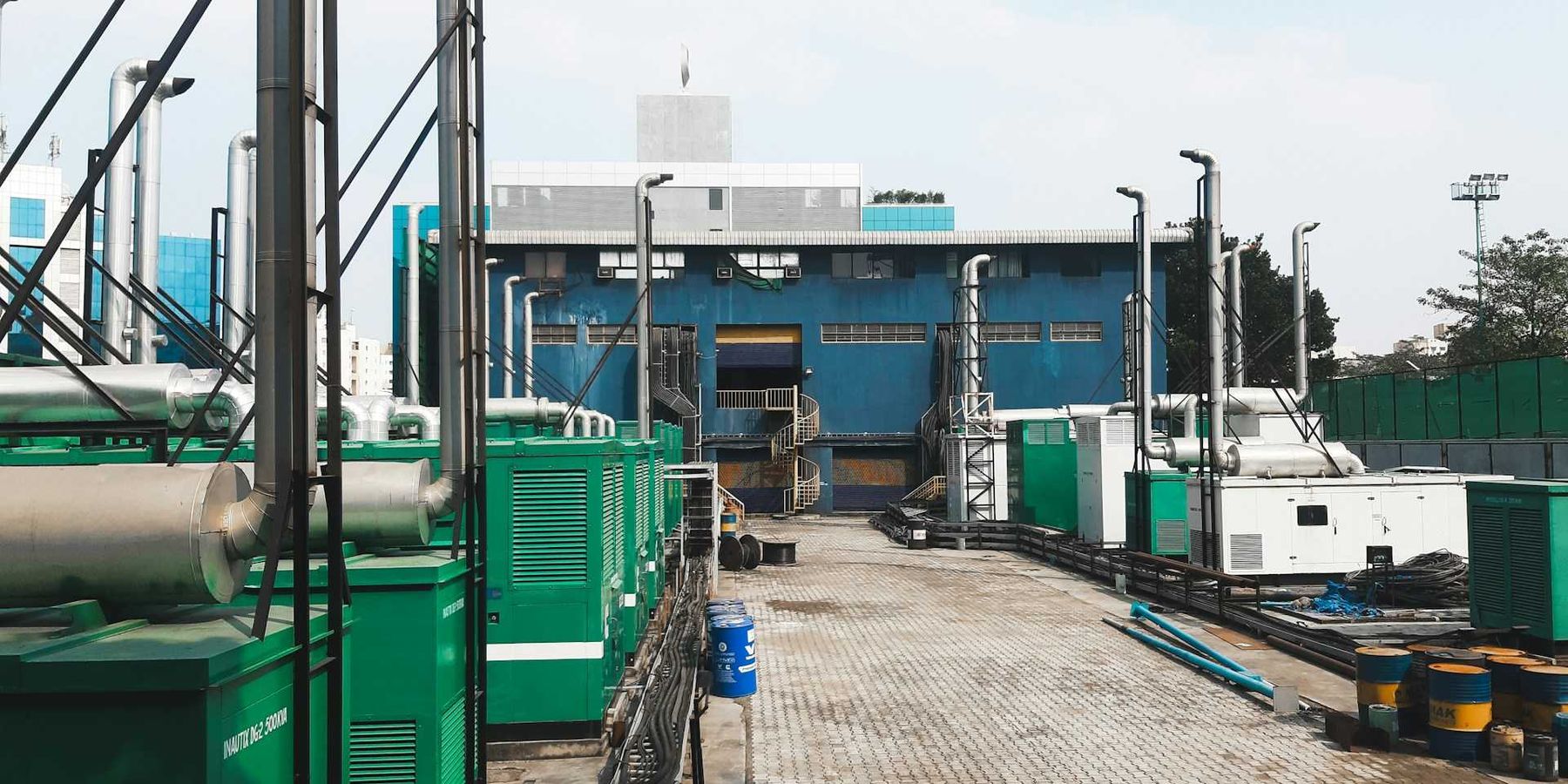Parks lose ground on clean air as wildfire smoke and budget cuts grow
Air quality across U.S. national parks has improved since the 1990s, but growing wildfire smoke and shrinking federal budgets threaten to reverse those gains.
Niko Kommenda reports for The Washington Post.
In short:
- Air pollution from coal-fired power plants and vehicles has declined, improving visibility in eastern parks like Shenandoah and Great Smoky Mountains.
- Wildfires are now the main driver of pollution in western parks, sending fine particles across thousands of miles and reducing air quality in places once considered pristine.
- Proposed federal budget cuts would slash the National Park Service’s funds by 38%, jeopardizing air quality monitoring and scientific staffing needed to track and address pollution.
Key quote:
“There were times when you could drive down [Skyline Drive in Shenandoah] and stop at any one of the 40 turnouts and you could not see the valley floor on either side.”
— Bill Wade, former superintendent, Shenandoah National Park
Why this matters:
Many national parks once choked by coal pollution now offer cleaner air and clearer views, but that progress is slipping. Wildfire smoke — often rich in fine particles that harm lungs and hearts — is now the dominant air threat, especially in the West. These tiny particles can travel across state lines, affecting not just visibility but public health, even far from fire zones. At the same time, weakened federal support threatens long-standing air quality monitoring systems that alert the public and guide policy. Without data, regulators can’t target pollution sources or protect fragile ecosystems and the people who visit or live near them.
Read more: Trump administration moves to undo air quality rule that cleared haze from national parks













